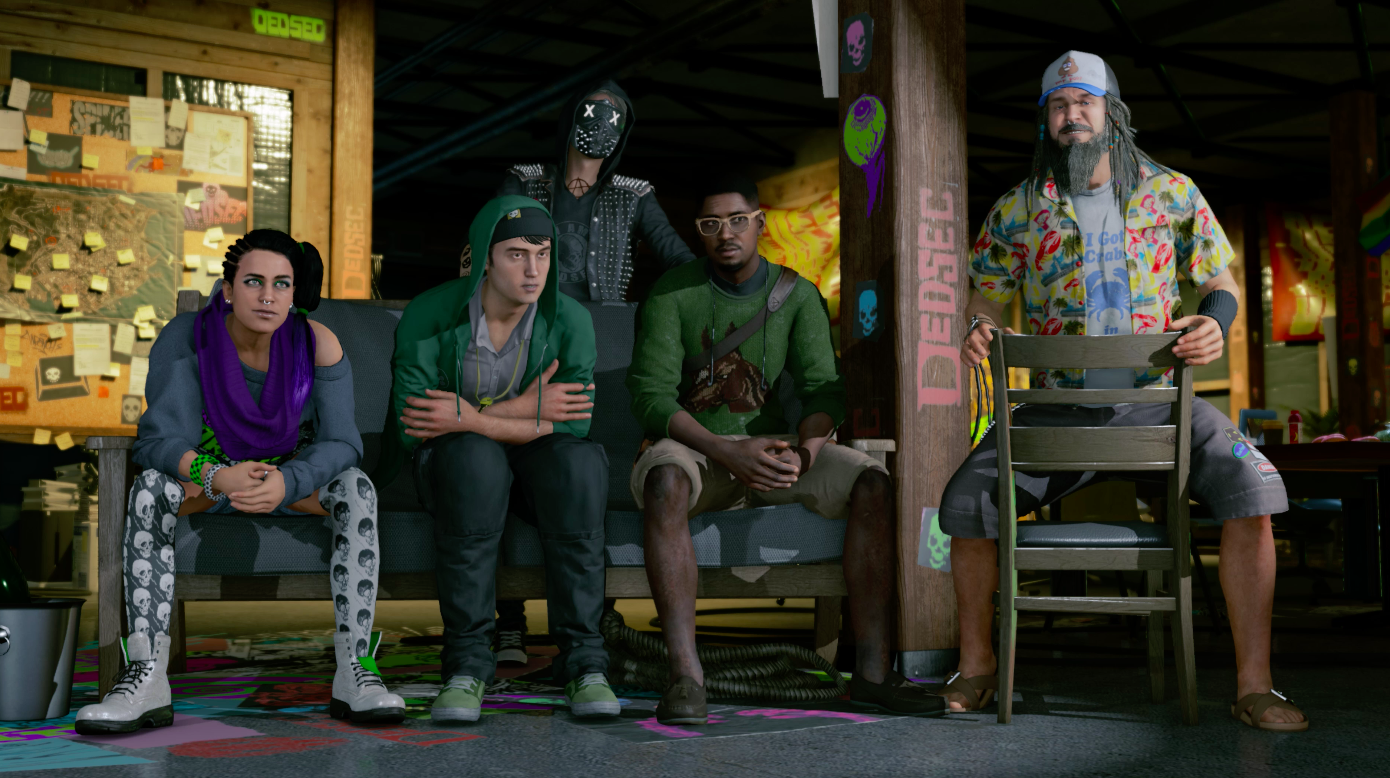Our Verdict
A great PC port and lovely open world don’t give depth to Watch Dogs 2’s shallow combat and stealth design.
PC Gamer's got your back
What is it? A silly open world action game starring a powerful hacker group
Price: $60/£40
Publisher: Ubisoft
Developer: Ubisoft
Reviewed on: Windows 10, i7-6700K, 16GB RAM, GeForce GTX 980 Ti
Multiplayer: Two-player co-op free roam, PvP invasions
Buy it: Humble Store
Read our affiliates policy.
Hackers are often portrayed as computer savants hunched over a keyboard, sucking down a Diet Coke, and writing script faster than the characters can appear on a dirty CRT. They’re performing sorceries a half-step removed from actual magic, exploiting people and systems without leaving the house.
Watch Dogs 2, an open world action adventure set in the San Francisco Bay Area, turns hacking into a full contact sport. Starting with the GTA template of a city, cars, guns, and ragdoll physics, you can also use a phone to remotely overload a circuit box and knock security guards comatose or hack underground pipes to blow up huge sections of the street. (Yes, you can hack pipes.) It rarely feels like you’re using technical expertise to give big, insidious tech companies the run around. Instead, you’re using brute force, whether by equipping a drone with shock mines to knock out your enemies or using a literal grenade launcher to ‘hack’ them to death by the dozen.
Even if you’re murdering people to steal data, Watch Dogs 2’s loose take on pop culture hacktivism assumes a more bizarre, self-aware direction for the series overall. There’s a lot of goofy open world fun to have in Watch Dogs 2, mostly as a byproduct of the chaos your abilities enable, and especially by combining abilities in the free roam co-op mode. But its stealth systems are undermined by hacking and combat abilities that feel too unwieldy and passive to be reliable, and as slapstick as it can be, relying on the same powers throughout a thirty hour runtime turns Watch Dogs 2’s best abilities boring far too soon.
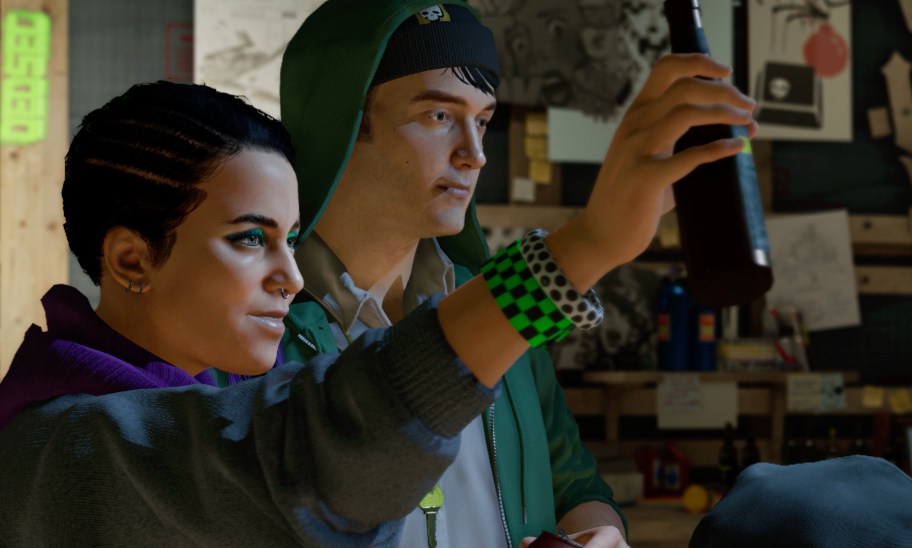
The biggest lesson Watch Dogs 2 learned from its predecessor is that we’re a bit tired of mopey, edgy videogame protagonists, which Aiden Pearce embodied completely. This time around, Marcus and his support cast in the hacker collective DedSec are likable, funny people, and it’s good to see a black lead in a big-budget game, where people of color are so often relegated to supporting roles. Marcus and his friends are upbeat and know how to laugh, and their energy goes a long way in making the worst parts of Watch Dogs 2 tolerable. I didn’t feel like I was best friends with the DedSec crew, but they were nice faces to return to after every mission. They’d clap me on the back, high five one another, toss some beers around, and get to planning the next attempt to stick it to The Man.
Why-fi
Stick it to The Man we did, over and over again. The main missions typically task Marcus with extracting or sabotaging data from a heavily guarded building, most often an obvious stand-in for the known Silicon Valley giants (Google is Nudle, for instance). Simple AI guards patrol the arenas, and using two new RC drones—one wheeled and the other airborne—you can scout out the area, marking enemies and interactive tech.
Because you have hacker smarts, you’re able to use drones, security cameras, or Marcus to interface with CTOS, an operating system embedded into city infrastructure, which means you can remotely influence anything connected to the system, like traffic lights, robots, and those handy explosive pipes, just by looking at them and pressing a button. For instance, when you’re trying to climb a building to get a clear vantage point to hack a massive construction crane, you can rotate it and lower the platform on the end to scale the tallest buildings in the city. Drive a motorcycle onto that thing and take it off the highest point as an attempt to infiltrate a few outdoor enemy bases. It didn’t work for me, but I laughed at lot, and it was more interesting than shocking guards with circuit boxes or calling in mob hits to murder them all. The life of a hacker.
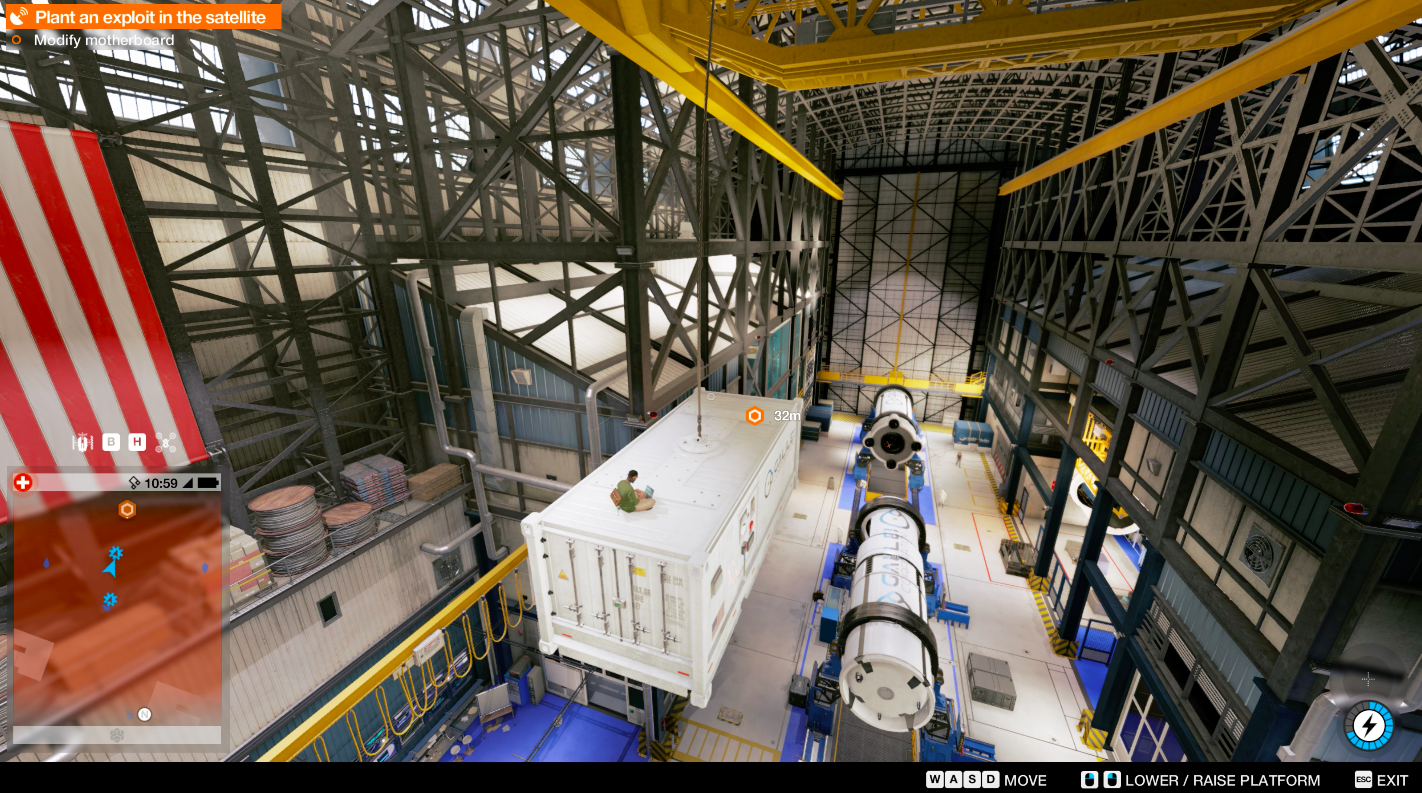
To truly be stealthy, you’ll spend a lot of time controlling your drones. Snaking around most spaces are ventilation shafts just big enough for a small RC robot to roll through, but there’s never a sense I’m being stealthy or subverting the enemy threat when using vents. I’m infiltrating through the same obvious path that everyone else will, just going through the motions so I know where my objective is and where all the guards are. There’s no tension in mapping out an arena with drones since everything is always in its designed place. It’s busywork.
There were entire floors I’d scout with a drone, sneaking by unseen to download classified files or plant a virus, only to find that Marcus’ physical presence was required to tap some keys in the end. And so I’d essentially replay the whole level, but as Marcus, who is easily spotted unless he’s ‘in cover,’ meaning I’ve pushed him against a wall. I moved through the same rooms, the same guard paths, and to the same objective only to die from getting caught by a guard whose red outline was barely visible against a visually busy scene. Then it’s back to square one, scouting and setting up with the drone again.
If you do get spotted, Marcus’ toolset swings in a different direction with no impact on character. At your HQ, you can 3D print a complete arsenal, everything from a shotgun to a grenade launcher. It’s strange that lethal weapons are included at all, given the peaceful ends DedSec is shooting for, and Marcus doesn’t seem the type to murder. Shooting your way out of a situation isn’t much fun either. The cover system is serviceable, but with enemies that like to make a beeline for your position and no dodge roll to dance around them with, there isn’t much you can do once you’re flanked except run and shoot. Marcus is soft too, so it’s easy to get overwhelmed and torn up from any distance. Together, the hacking abilities are too passive to be as playful as Saints Row 4’s superhero sandbox and the shooting feels dated in comparison to GTA 5, which is over three years old. Without many ways to stack abilities or exploit the world and enemy AI beyond bullets and electrocution, Watch Dogs 2 is suspended somewhere in the middle, and gets tired over the course of 30-plus hours of play.
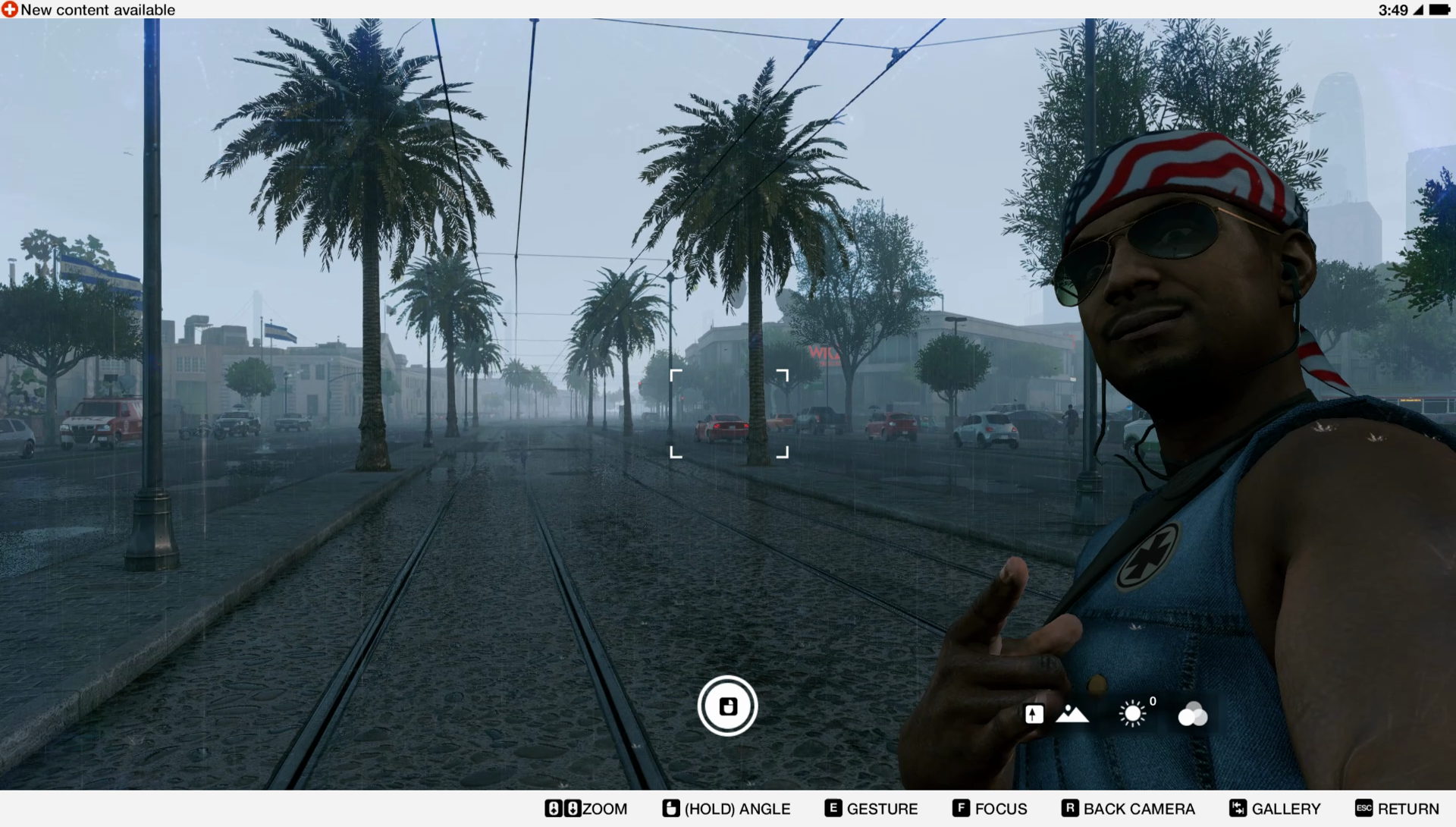
I left my # in San Francisco
Watch Dogs 2 is not a short game. It's bloated in the same way Ubisoft open worlds tend to be, with a massive list of side missions. Some are fairly involved and funny—in one, you hack Ubisoft’s office to leak a trailer for an unreleased game—but most want you to climb a building to tag a billboard or hack a CTOS service box for a quick scene that pokes fun at Silicon Valley bigwigs. There’s a whole series of mundane missions where you just hack ATM machines and mess with terrible people trying to withdraw money, which I’d be into if it wasn’t the same joke told six times via what amounts to a fetch quest. You can race your drones, drive San Franciscans around in a Crazy Taxi-esque series of challenges, and take selfies near famous landmarks to gain followers and upgrade your hacking skills. There’s a glut of stuff to do in the side missions, but none of it is particularly focused or exciting.
NPCs scream to one another about how good wine is over the familiar clank and whoosh of the city’s signature cable cars, just like the real thing.
As mundane as the main missions can feel, they at least take place in one of my favorite open worlds in recent memory. Watch Dogs 2 is set in a scaled down recreation of the Bay Area, including San Francisco, Oakland, Palo Alto, and a small chunk of the Marin Headlands. San Francisco is the primary location, and it feels like a real place. NPCs scream to one another about how good wine is over the familiar clank and whoosh of the city’s signature cable cars, just like the real thing—without the omnipresent poop smell, that is.
Huge sections of the city are missing, and as such feels a bit misrepresentative for someone that lives there, but as a big mashup of the wealthy and tourist-heavy bits it works as satirical backdrop for an endless stream of Silicon Valley jabs and dick jokes (some pretty good ones, too). Even so, the parts it recreates are captured with eerie realism. I could intuit where such famous landmarks might be located, and found them just based on my sense of direction. Most striking are the vistas. Head up a hill in the evening for a beautiful and fairly accurate skyline.
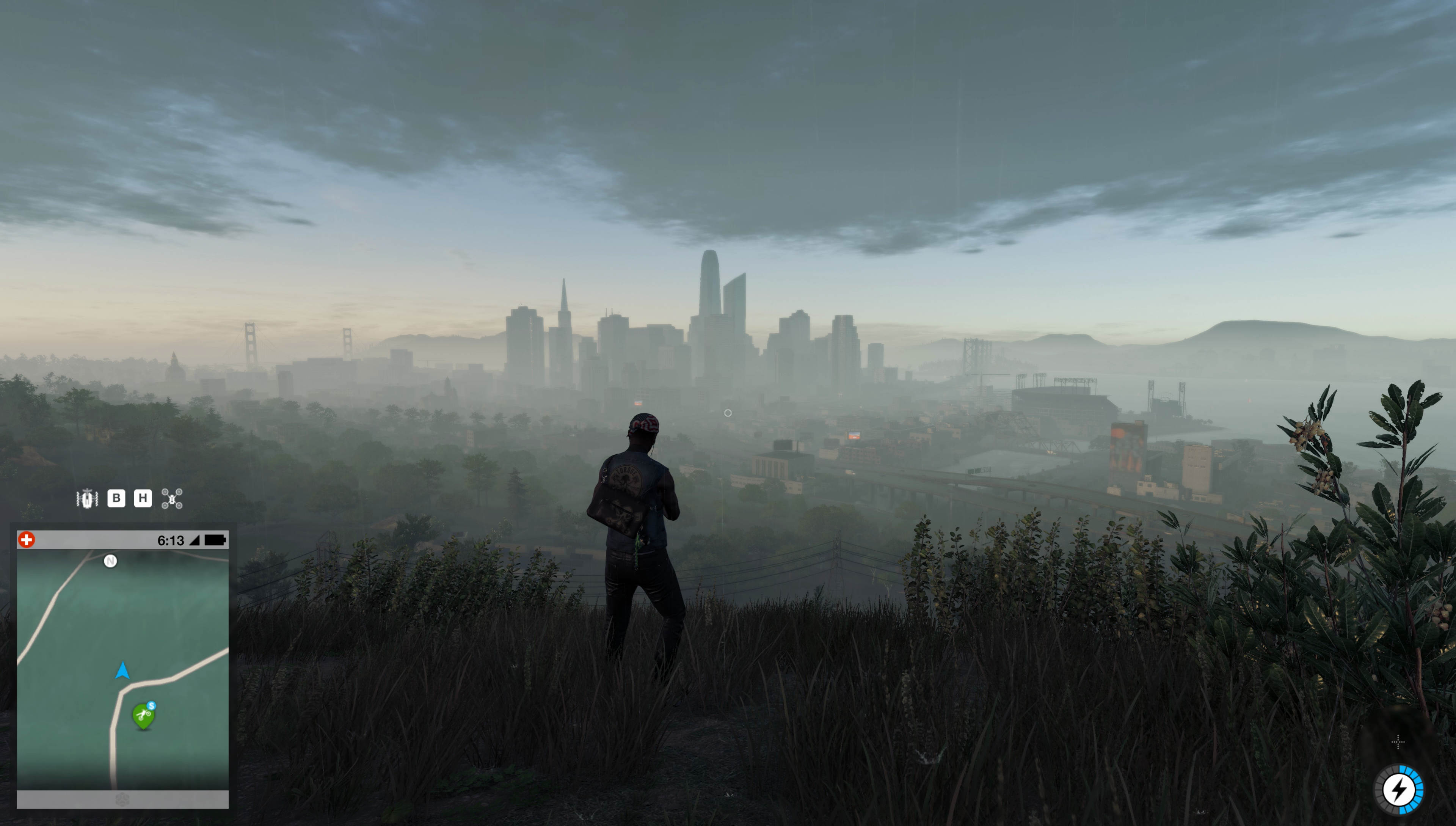
Do it on a nice PC if you can. No short attention was given to the port, which features a huge selection of graphical options, including frilly features like a built in upscaling and downscaling tools that let you change pixel density independent of the window resolution and advanced shadow effects that make them blur the further they are from their caster. There are enough knobs and switches to make Watch Dogs 2 both run on an older rig without sacrificing too much detail, and push newer PCs to their breaking point. Further, the UI has been completely retooled to work with a keyboard and mouse. It doesn’t make driving as precise as it is with a controller, but I played the entire game that way without trouble. If you have a controller plugged in, you can seamlessly switch back and forth between them too. Each menu has a hotkey, and there are control options to tweak everything from steering sensitivity to how quickly the camera recenters on your vehicle after making a sharp turn. After the first game’s dodgy port, it’s clear Ubisoft didn’t want to repeat the same mistake.
Watch Dogs 2 never made me feel Hella Cyber, but when used to leverage as much chaos as possible in the open world, it can feel like playing GTA with a measured god mode enabled. Silly, strange things happen often, but only if you ignore the missions and mess around in the beautifully realized open world. That’s where Watch Dogs 2’s true enjoyment lies—not in its cheeky Hot Topic hacktivism story and frustrating, bland stealth scenarios, but in the nonsense you can pull off in a big sandbox with wacky toys and fast cars.
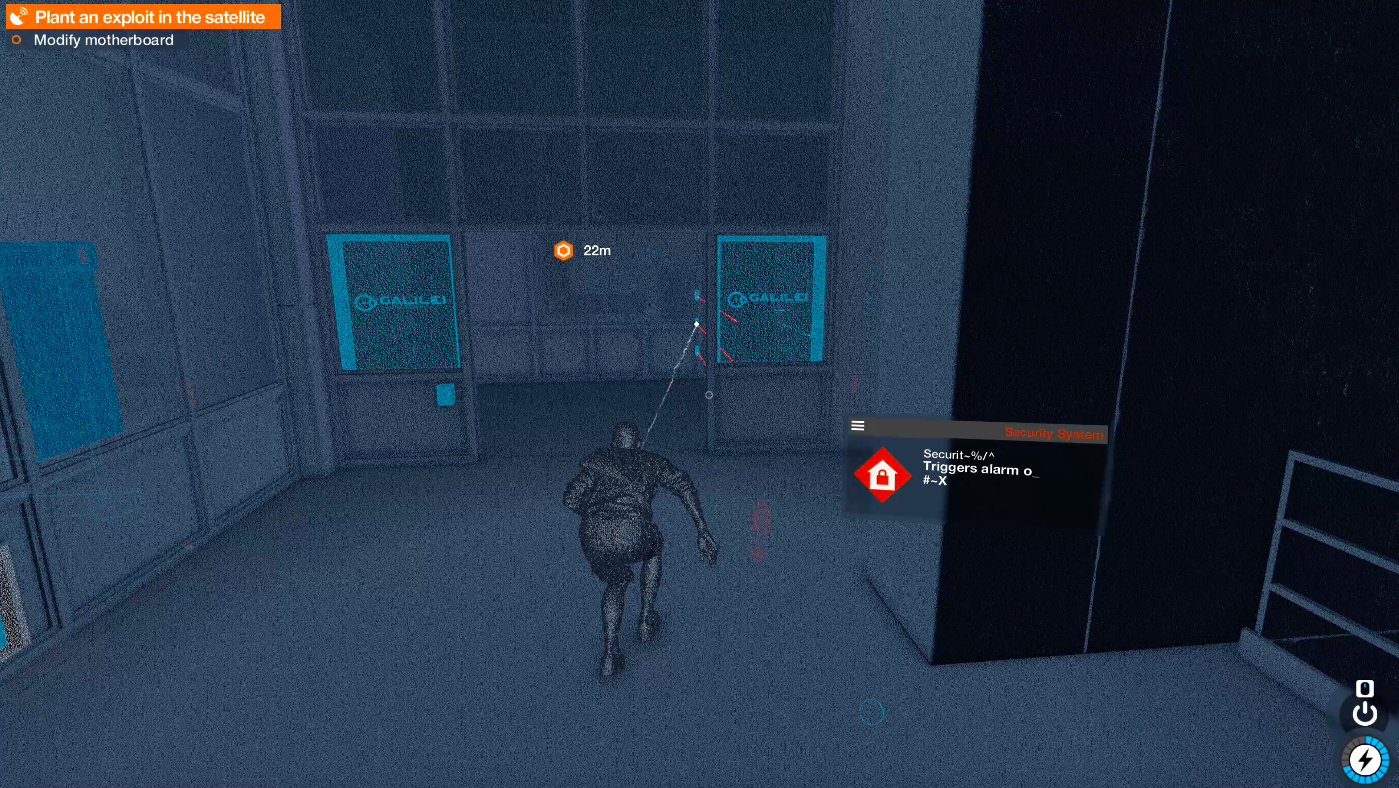
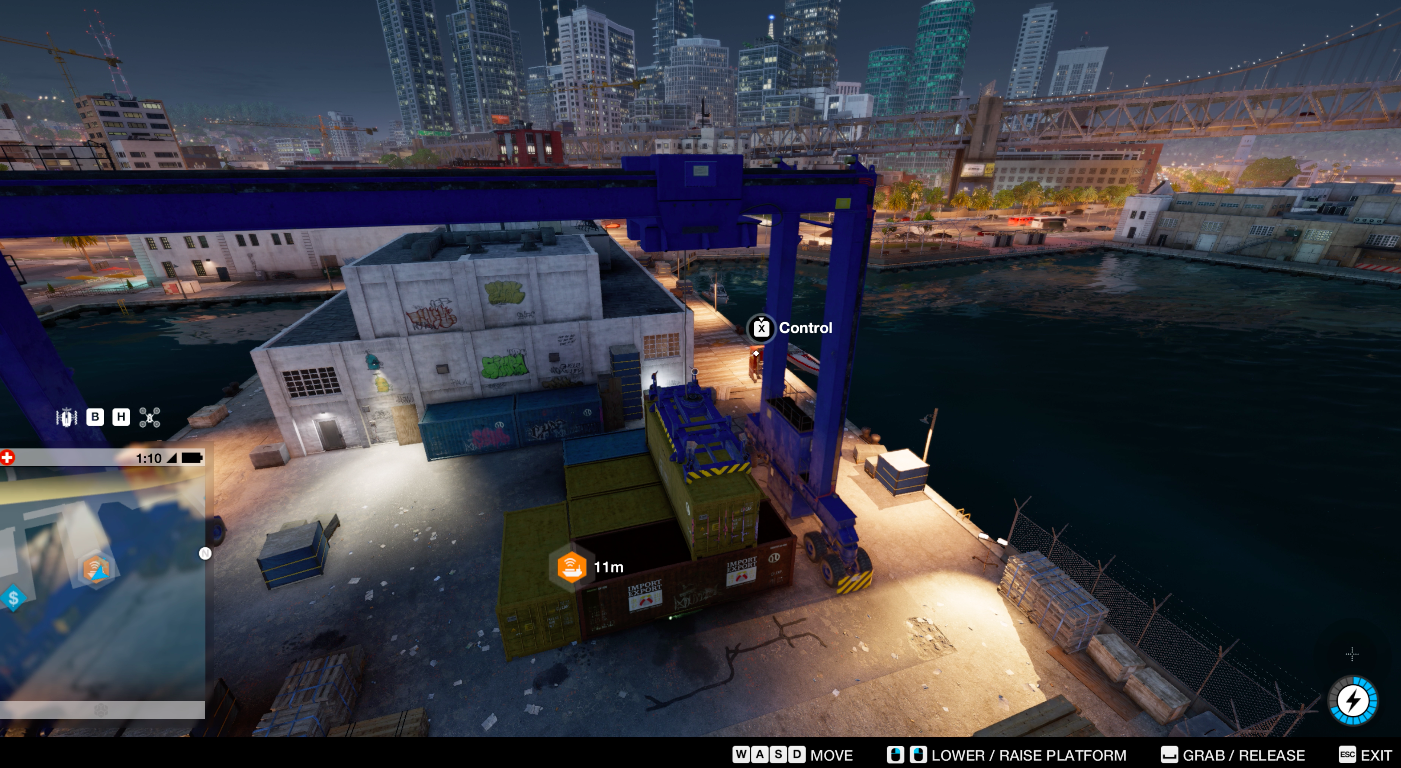
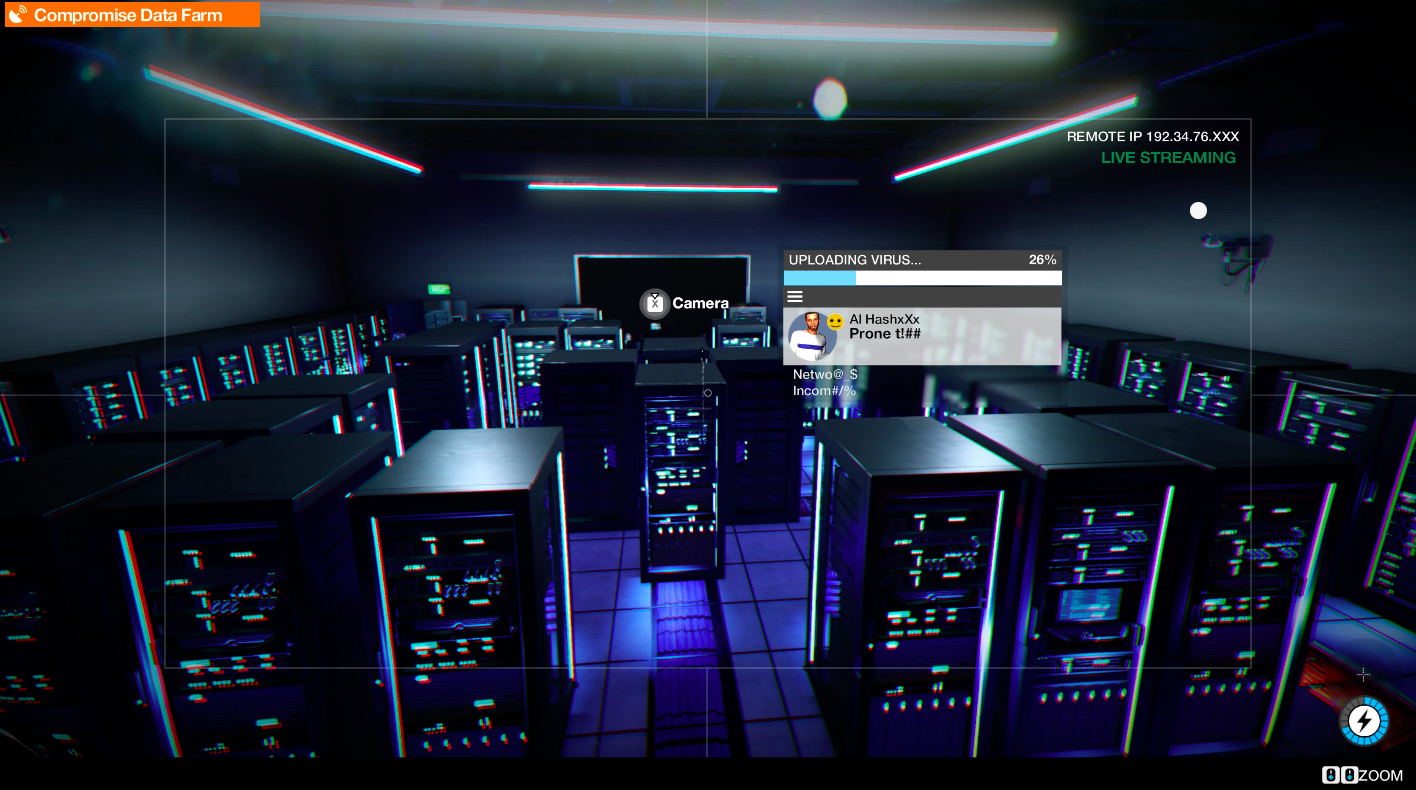
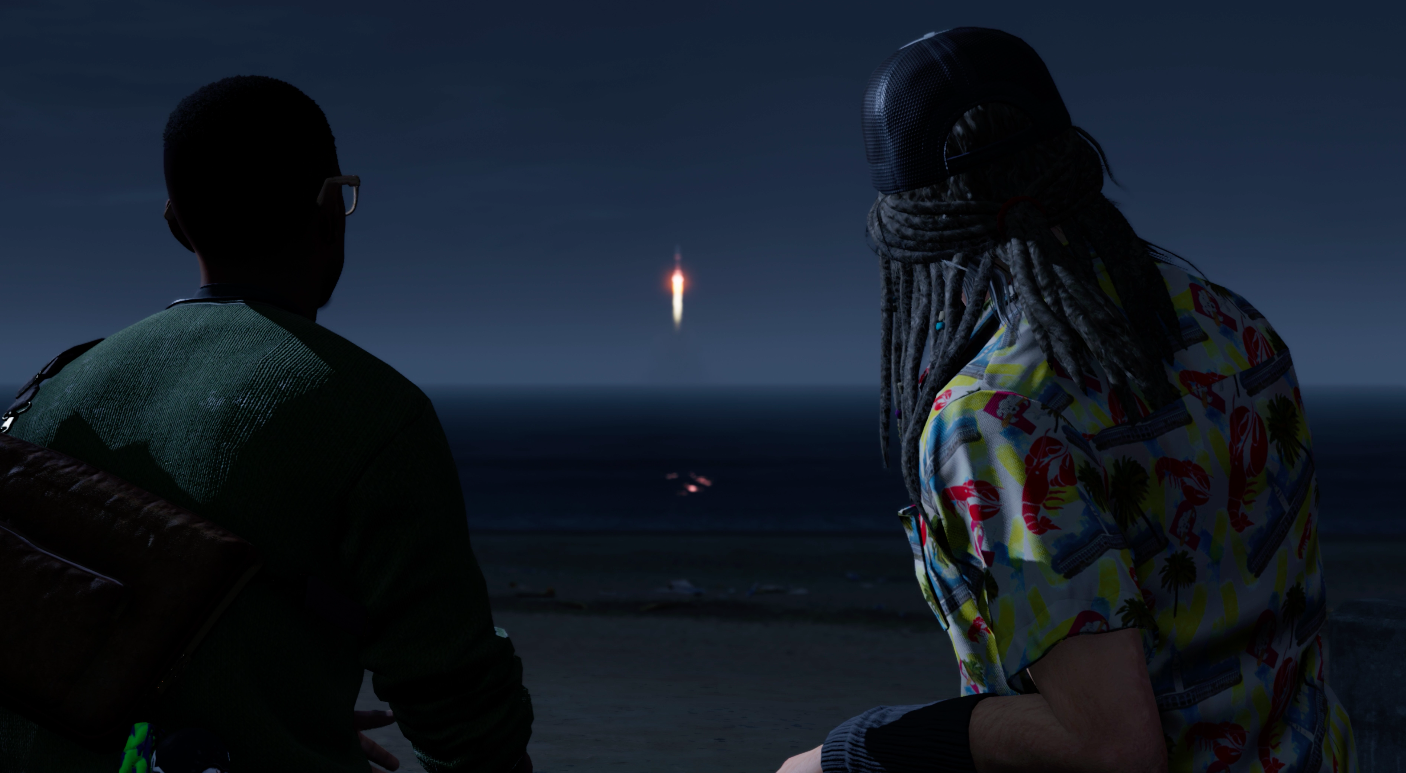
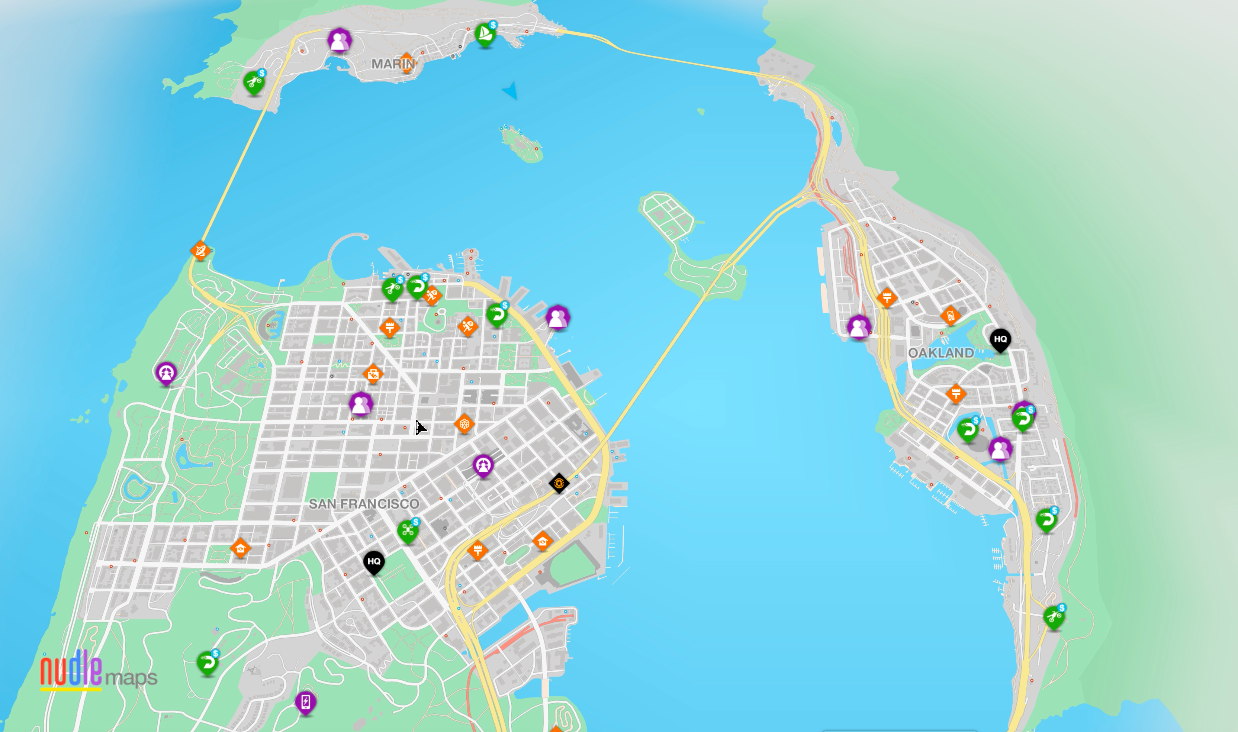
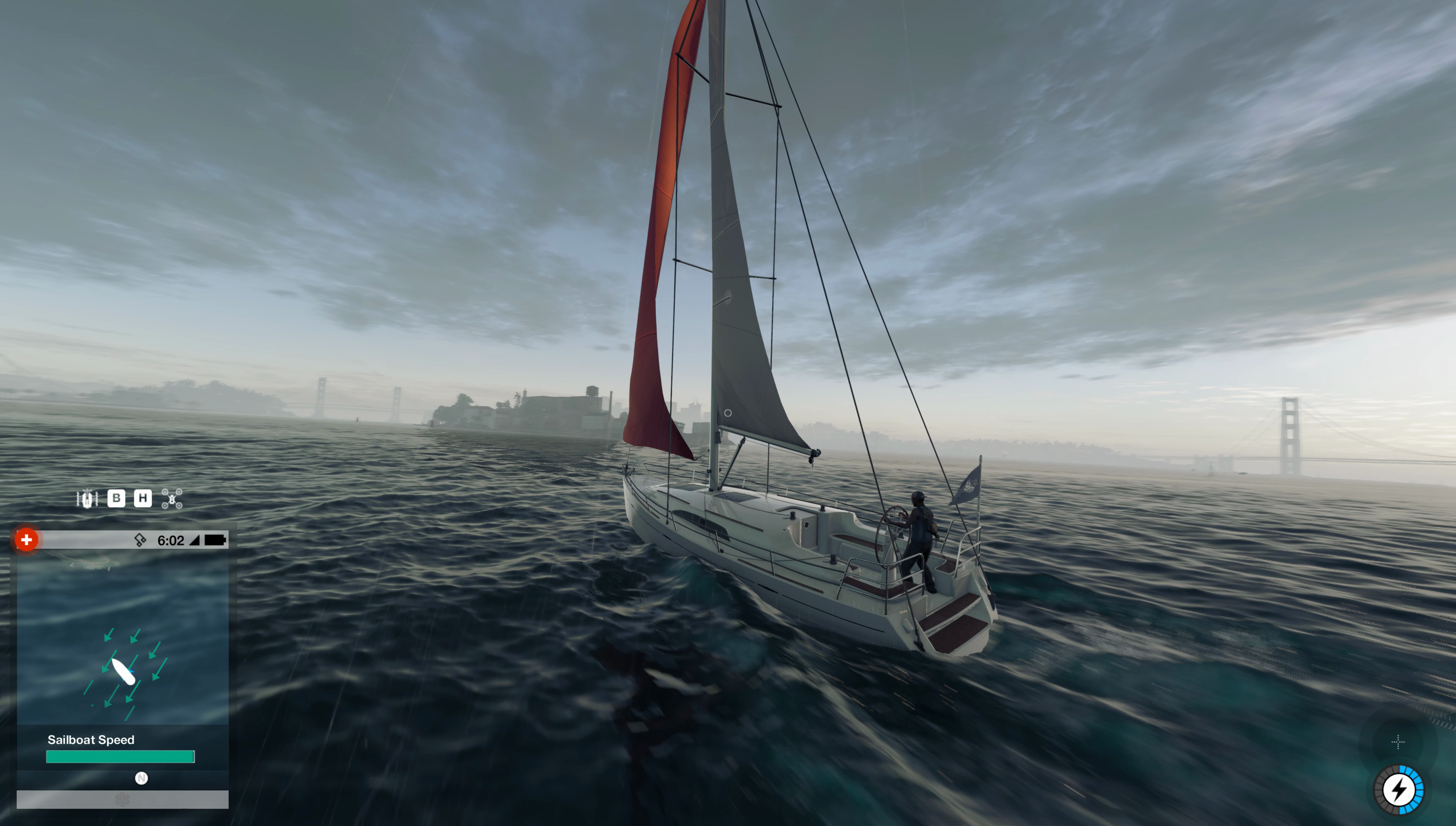
A great PC port and lovely open world don’t give depth to Watch Dogs 2’s shallow combat and stealth design.
James is stuck in an endless loop, playing the Dark Souls games on repeat until Elden Ring and Silksong set him free. He's a truffle pig for indie horror and weird FPS games too, seeking out games that actively hurt to play. Otherwise he's wandering Austin, identifying mushrooms and doodling grackles.
